Ellsworth sales: 100% for the King of Ming
During Asian Art Week in New York, from 17 March to 21 March 2015, some two thousand works of Chinese, Japanese, Indian, Himalayan, Southeast Asian and European art from the collection of the late American scholar, dealer and connoisseur, Robert Hatfield Ellis (a.k.a. ‘The King of Ming’) were sold in a series of six auctions at Christie’s in New York for a staggering total of $131,660,188.
The headline evening sale of 57 ‘Masterworks’ on 17 March yielded $61,107,500, with four new world records set: for Huanghali furniture (Lot 41, four late Ming armchairs, sold to an Asian private buyer for $9,685,000); Nepalese sculpture (Lot 25, a 13th century gilt-bronze statue of Avalokitesvara, purchased by the Asian trade for $8,229,000); Tibetan sculpture (Lot 8, an 11th/12th century bronze figure of a seated yogi, bought by an Asian private collector for $4,869,000); and Indian bronze (Lot 26, a 9th century Chola period South Indian figure of Shiva Gangadhara Natajara, sold to a US private buyer for $2,853,000). The same price, while not a record for its class of object, was paid by the London dealer Eskenazi for lot 1, a tiny gilt bronze figure of a seated bear from the Western Han Dynasty (first or second century BC), which was the subject of much conversation.
The sole textile ‘masterwork’ in the evening sale was lot 51, a large, early 19th century Qing period silk and metal-thread ‘nine-dragon’ carpet, which was bought by an Asian private buyer for $341,000 against an estimate of just $30-50,000. This too must be a record for a Chinese silk carpet at auction, as the estimate was very much in line with the best prices recorded for this genre of (mostly late) 19th century silk and metal thread carpets with inscriptions indicating the Manchu palace for which they were made.The King of Ming’s two dozen or so other textiles and carpets included a number of good and some less memorable Chinese weavings, as well as a handful of inconsequential West Asian decorative rugs, all included in the fifth Ellsworth sale on 21 March. An Asian private buyer paid $93,750 against a high estimate of $50,000 for Lot 1135, minimally catalogued as a late 19th century Chinese carpet with an allover design of precious objects within a fretwork border.
Lot 1137, a 19th century Ningxia ‘banner’ carpet with two blue dragons was estimated no higher than $10,000, but an Asian private buyer paid $81,250 for it.
The Asian trade paid $50,000 for Lot 1021, a well-matched pair of early 19th century Ningxia pillar rugs, while Lot 1020, a single pillar rug, cost a Chinese private buyer $35,000, and a US dealer bought a beautiful 19th century Ningxia runner, Lot 1192, for $43,750 — all three against top estimates of $15,000.
Lot 1154, an 18th century Beijing carpet with floral roundels within a Shou medallion border was bought by the European trade for $35,000, only $5,000 above high estimate, perhaps held back compared to other lots by overcautious dating and the mention of Mongolia.A US private collector took home Lot 1026, a pretty, circa 1800, Ningxia, somewhat worn and reduced in length, with a large scale lotus design on a blue field, for $10,625 (estimate $4,000-6000), while in the light of all that was going on around them, Lot 1329, three good quality, good condition, Sino-Tibetan shaped saddle rugs, was a bargain for the Asian trade at $5,000 (estimate $1,500-2,000). Finally, Lot 1187, a 17th/18th century Chinese cut-velvet three-panel screen, made $137,000 against a high estimate of $12,000.
The largest collection of Asian Art ever to appear at auction, the Ellsworth sales excited a feeding frenzy among the crowds of (mainly) Far Eastern buyers in town for the week’s NY-wide events, and the gross yield for this 100% auction was many times greater than the sum of Christie’s apparently well judged estimates, fully vindicating Ellsworth’s stipulation in his will that the collections should be sold in their entirety at auction and without reserve. The sheer number of viewers and bidders meant that the sales all overran on time, with the average selling rate sometimes as low as 30 lots an hour when 60-80 is normal.


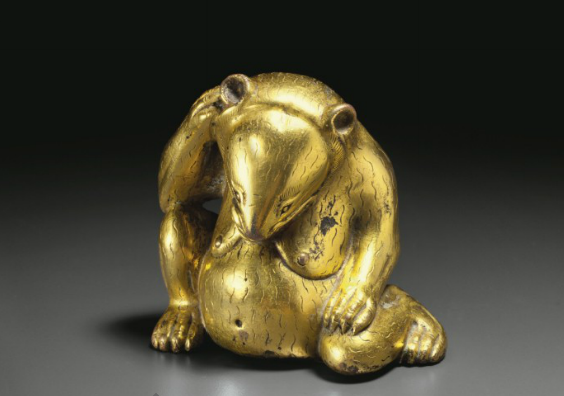
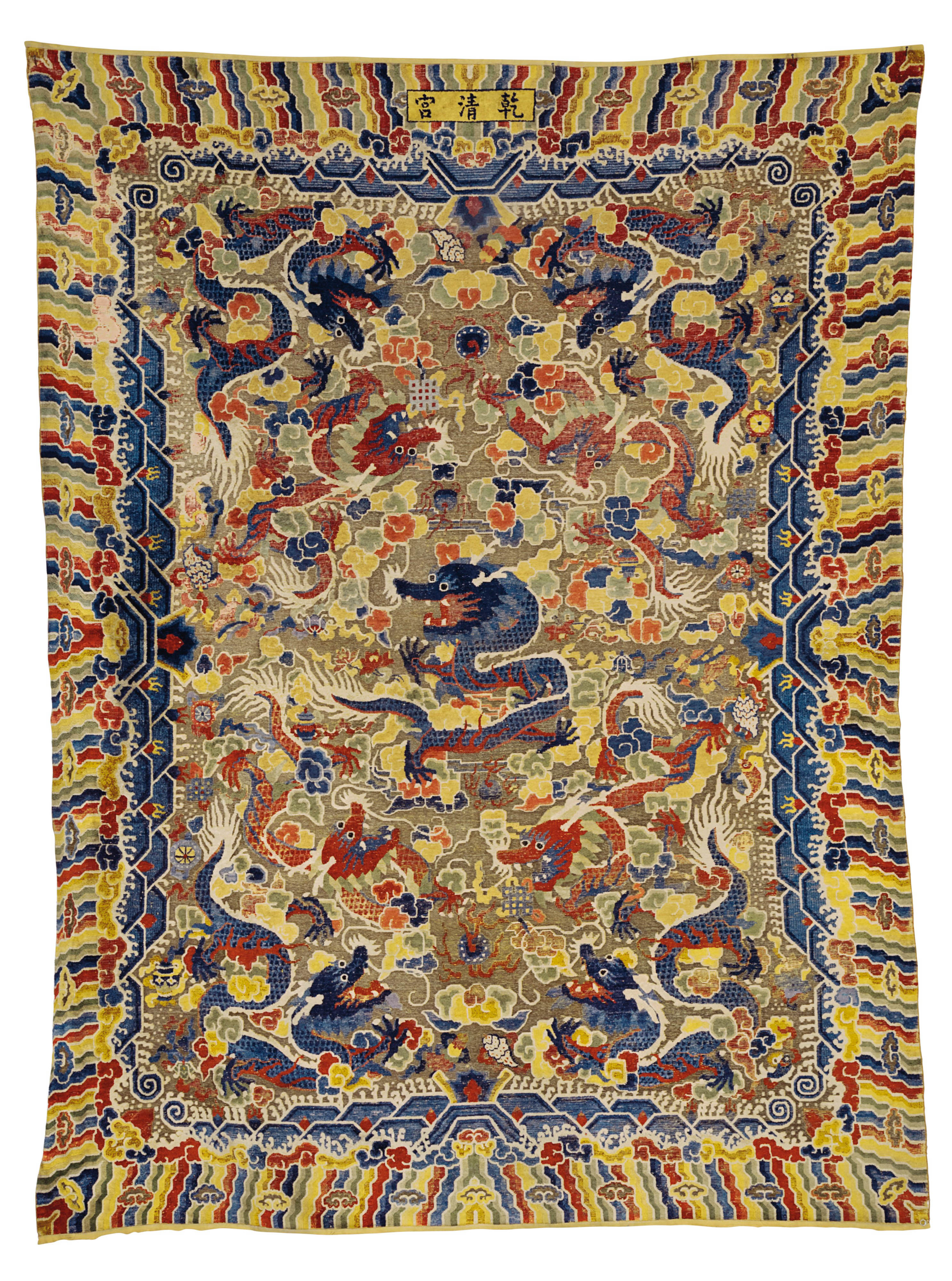
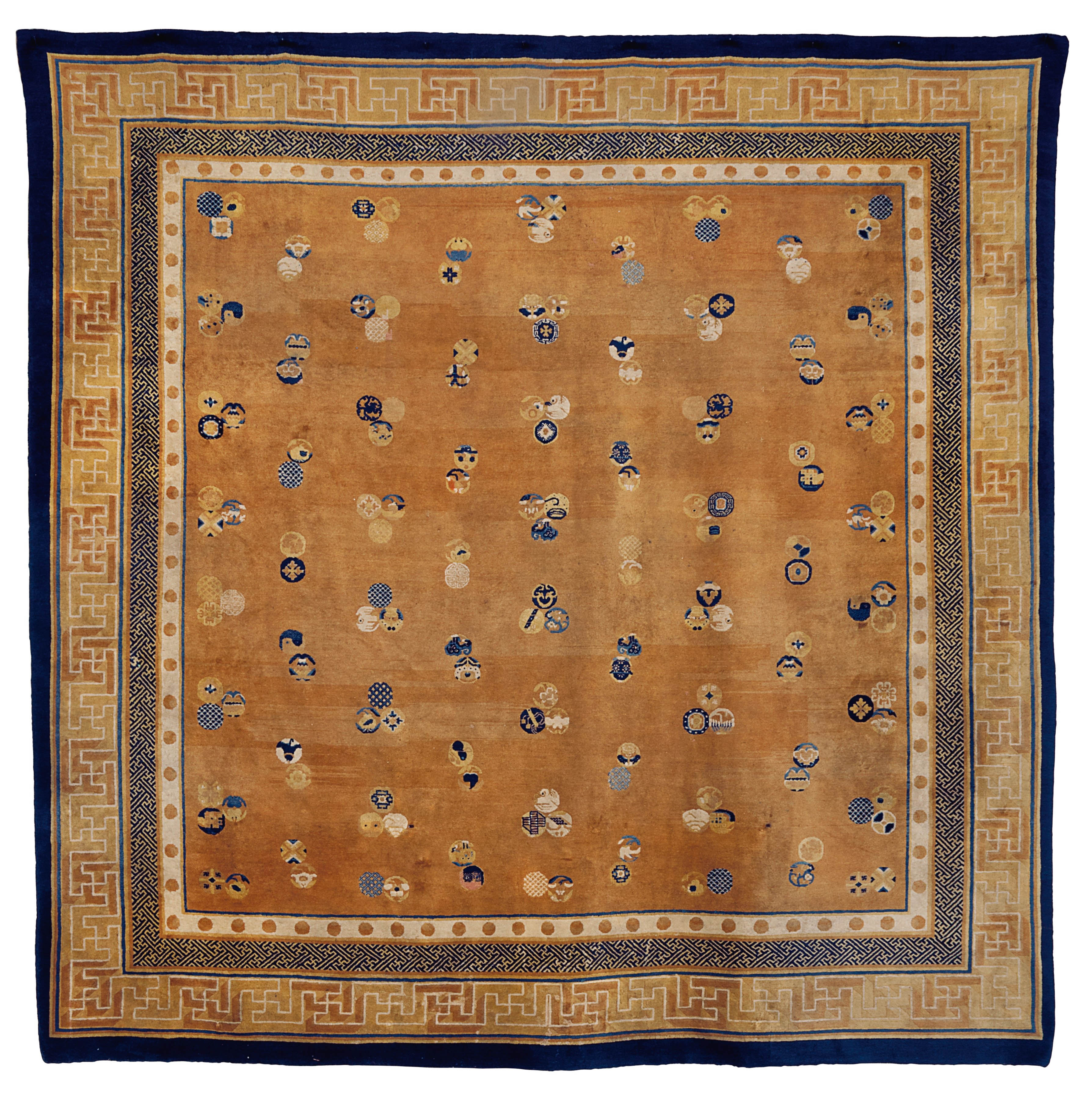
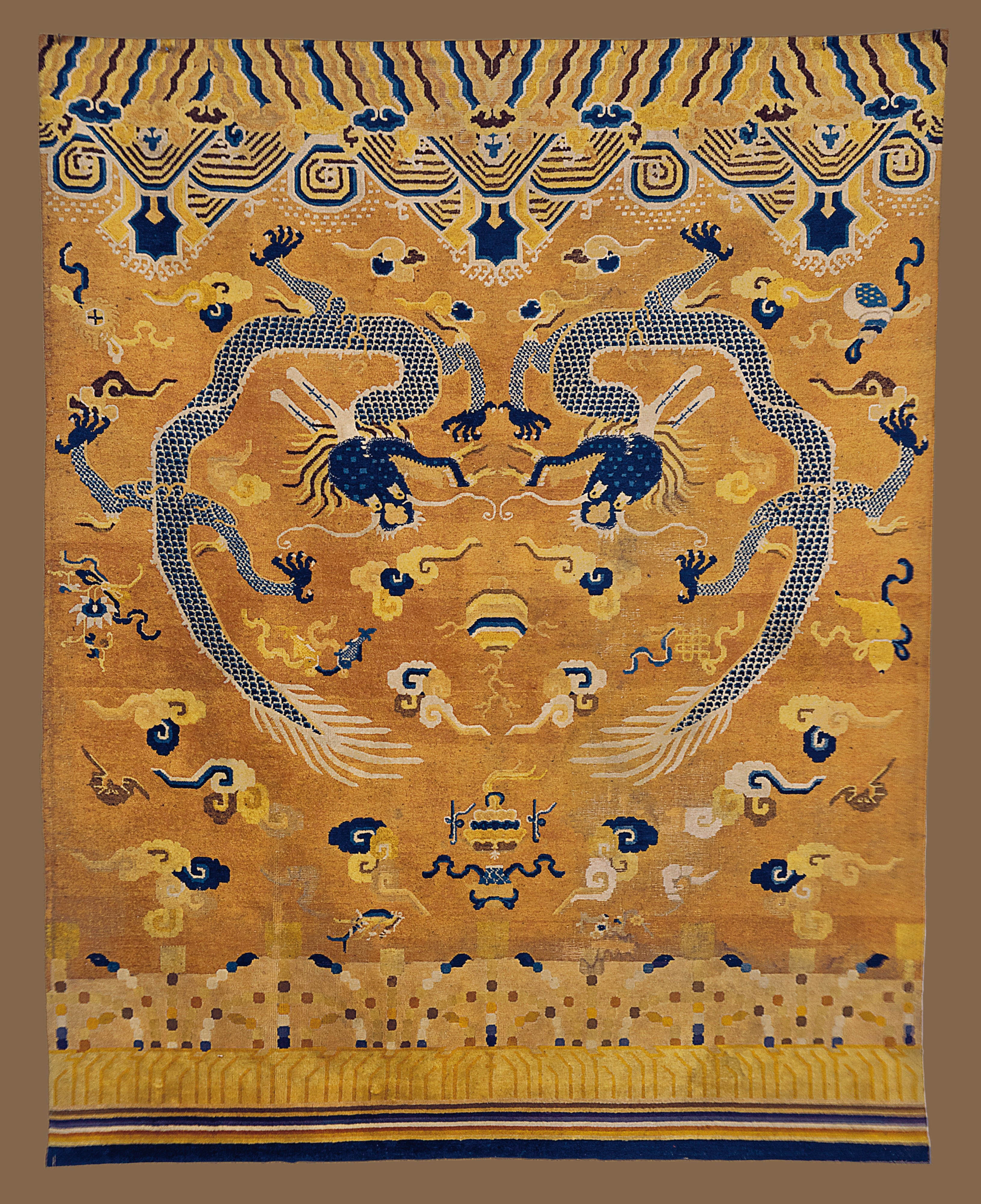
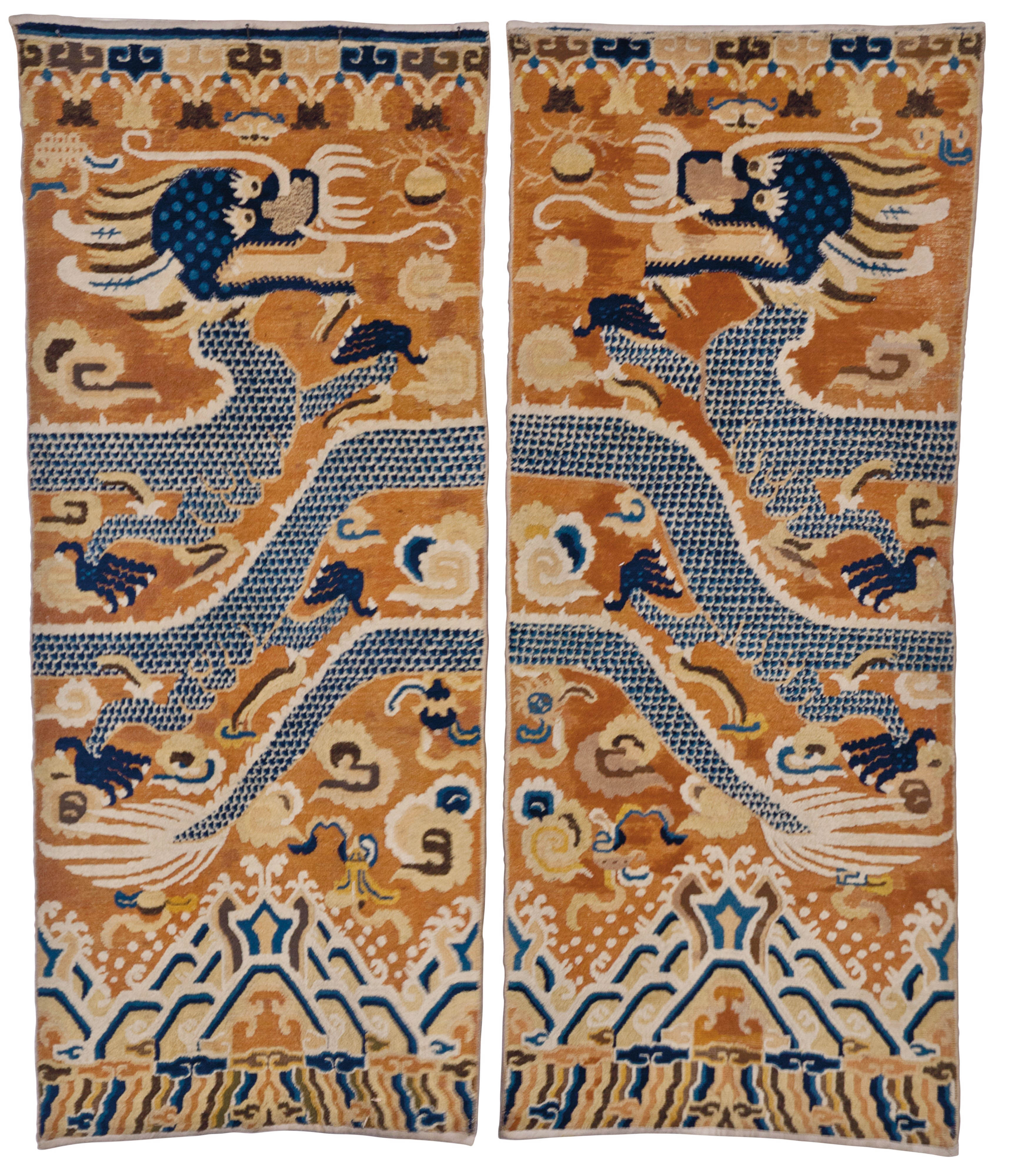
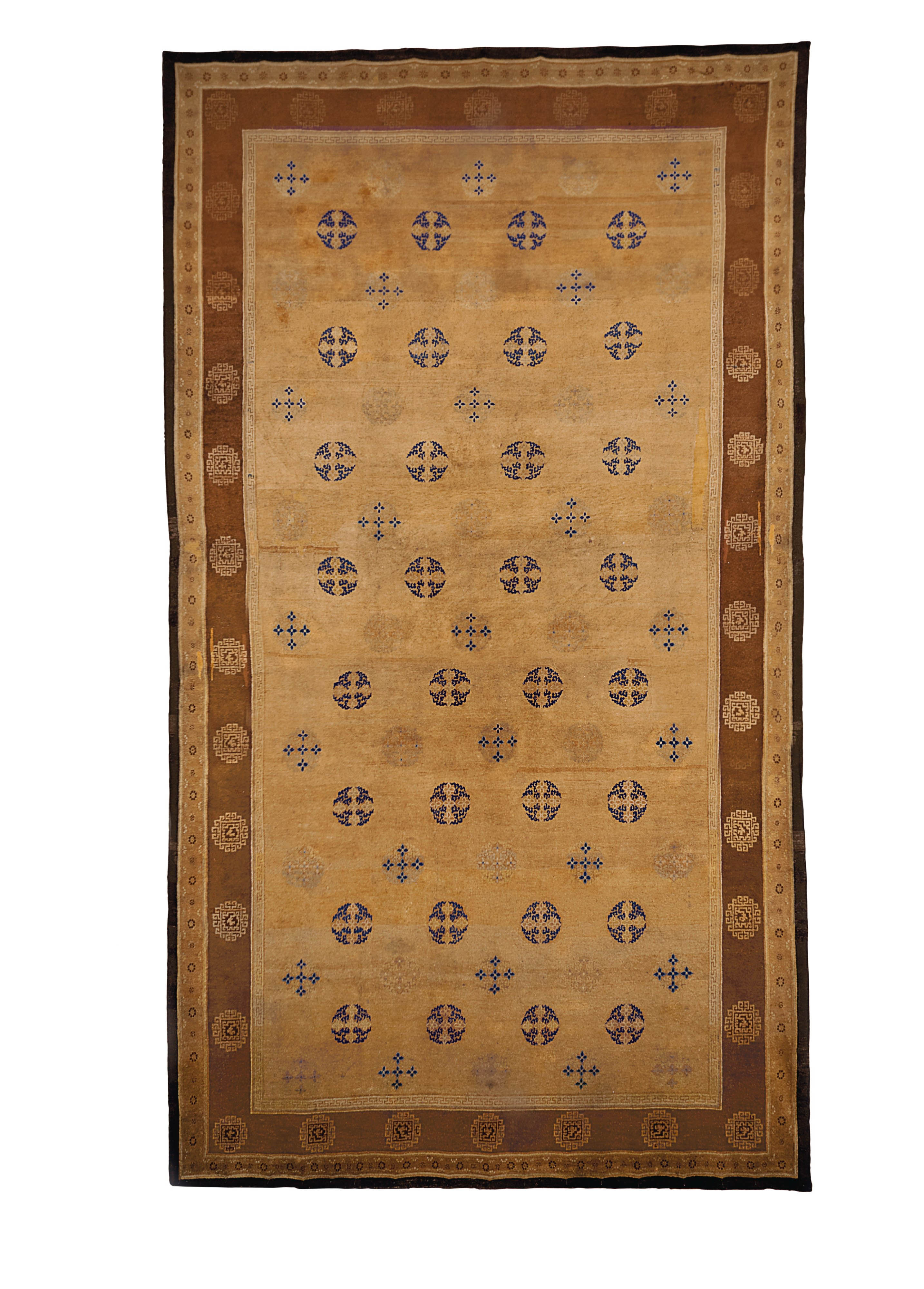






















Comments [0] Sign in to comment